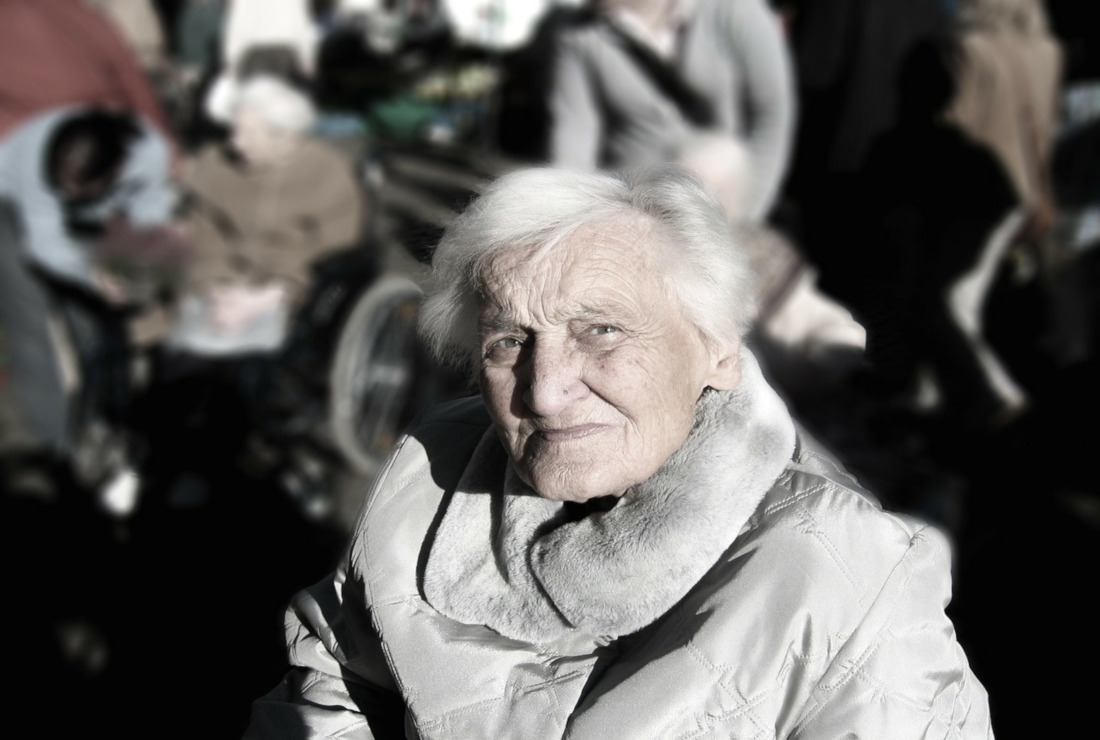
12 Sep Extinction of the villages – a Spanish village shows what can be done about it
In the Spanish village of Pescueza, there was a danger that the old population would move to a retirement home in the city. A city councilman knew how to prevent this by pushing for barrier-free infrastructure in the village. He had sidewalks provided with a non-slip surface and handrails installed along the main routes. The village offers a food service and a driving service with an electric vehicle. These measures revitalize the village as a whole. Additional jobs are available directly in the village and there are more reasons for the younger generation to stay in the village.
You can find more information here


